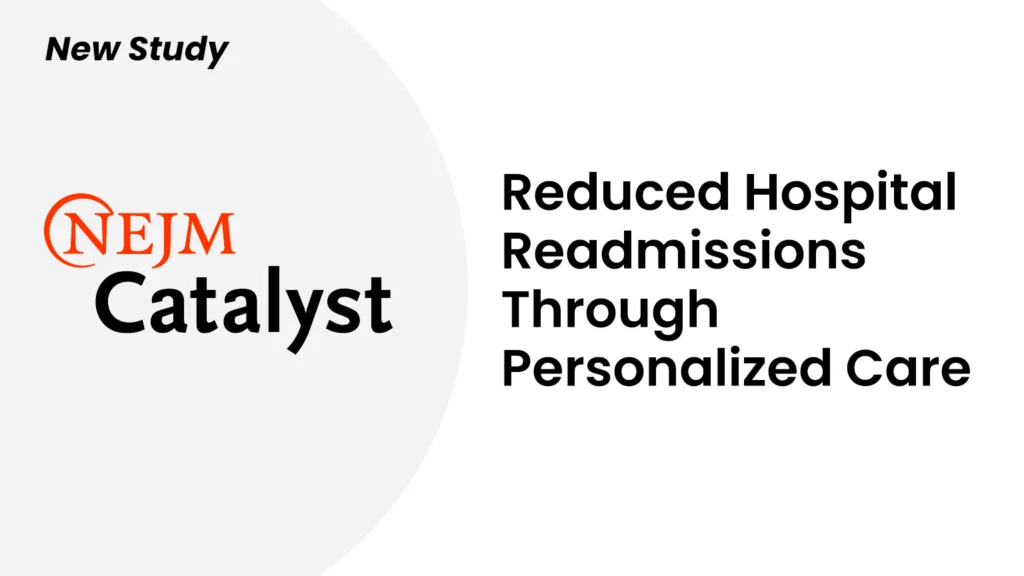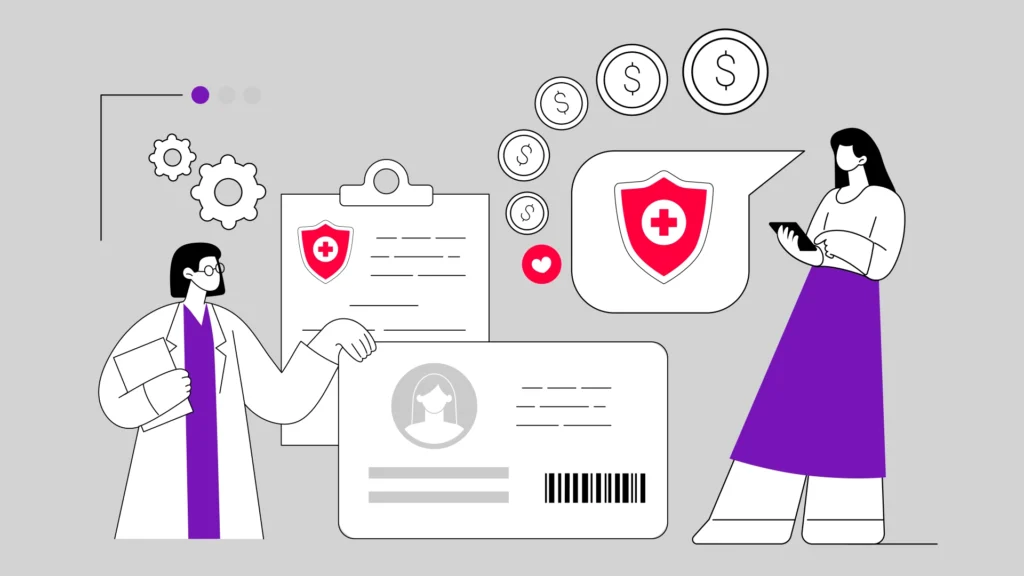In an ideal world, the patient satisfaction survey drives better care, better patient experiences, and better outcomes. In reality, it may only capture a fraction of patient feedback, incentivize deceptive coding techniques, and compel physicians to prescribe unnecessary drugs to demanding “consumers” of medicine. The problems with patient satisfaction surveys and how the results are used are well documented. Nevertheless, patient satisfaction matters. It correlates with better treatment adherence and outcomes. And measuring it informally — such as sending surveys by text message following a visit — can provide actionable insights for practice managers, office staff, and providers. Here’s how:
Begin at the beginning
Before a patient sets foot in your office, fills out a single form, or steps on a scale, they’re interacting with your practice. When they wait 15 minutes or more to speak to a real person, it sets the tone for the entire interaction. And it translates to bad scores on the patient satisfaction survey.
“Patient complaints are rarely about physicians,” WELL CEO and founder Guillaume de Zwirek, CEO said in an interview with Medical Economics. “About 96 percent of complaints are related to bad customer service.”
Texting patients improves patient satisfaction
Altura Centers for Health, an FQHC in California’s Central Valley, dealt with high call volume. They also had low patient satisfaction scores — a disappointing 2 out of 5 stars.
“We have an underserved population,” said Manuel Pedroza, Chief Information Officer at Altura. “Our patients are busy, they don’t have time to wait on the phone to request an appointment for their son or daughter.”
Altura implemented WELL’s conversational texting solution and saw a 10 percent drop in call volume. Staff could manage multiple patients at a time via text message. As a result, Altura’s patient satisfaction survey scores increased.
The health system also saw a 10 percent increase in appointment confirmations and a 22 percent decrease in no-shows, which had direct implications on revenue.
Read between the lines
Forms vendors, such as Calibrater and Tonic, collect real-time patient feedback via text. This allows health systems to respond quickly. They can act on problems before a patient receives a regulated patient satisfaction survey or vents their frustrations on social media.
It also allows staff to see a direct and immediate correlation between performance and patient rating.
When forms vendors are integrated with a patient communication platform that allows for conversational texting, health systems can see what happened before and after survey responses and respond immediately. Seeing survey responses within the context of a conversation gives practices insights into the patient’s whole experience.
Respond quickly
Conversational texting also allows staff to engage with patients in real-time, from the same number. Patients who rank their experience 2 out of 10 can receive a prompt response from staff members. That quick response can turn a negative experience into a positive one. For Altura, implementing conversational texting transformed both the patient experience and the patient satisfaction survey scores.
“Our patients love it. It’s overdue; we should have been on this a long time ago,” said Manuel Pedroza, Chief Information Officer at Altura. “There’s nothing better than a simple program that just works.” ♥



